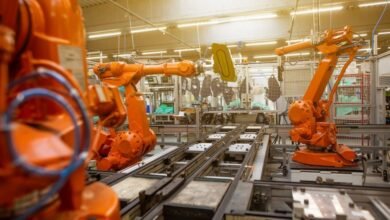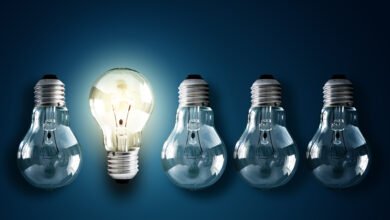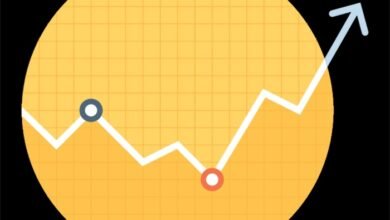Tesla FSD continues to evolve despite technical challenges and lawsuits

- Tesla has been testing fully self-driving software for the past few years.
- The software has been bombarded with lawsuits and investigations that question its safety.
- Here we take a look at Tesla’s features and current status.
Entrepreneurs like Tesla CEO Elon Musk say self-driving cars will make regular cars obsolete, but most Americans are wary.
According to a recent survey, three out of four Americans feel it is less safe to drive or ride in a car with self-driving features.
Still, that hasn’t stopped Tesla from continuing to develop FSD technology. Let’s take a look at our current position.
What is a Tesla FSD car?
A beta version of the full self-driving software was first released to some Tesla owners in 2020 and is now available to anyone who pays for the software upon request. According to Tesla, it is currently installed in about 400,000 cars in the United States.
Importantly, despite its name, FSD is not self-driving. This technology allows Tesla to automatically change lanes, enter and exit highways, recognize stop signs and traffic lights, and park. Industry standards classify it as Level 2 (out of 5) because it requires a licensed human driver to be in control at all times.
The software costs $15,000 upfront and $99 or $199 per month, depending on whether you want to go from Basic Autopilot to FSD or Enhanced Autopilot to FSD.
What is the difference between Full Autopilot, Autopilot, and Enhanced Autopilot?
All Teslas have Autopilot, which only works on highways. It can steer itself within its lane and has adaptive cruise control to keep up with traffic, which is standard on many new cars these days.
Enhanced Autopilot can navigate highway on-ramps to off-ramps, including lane changes and signaling. Automatic parking is also possible, and you can also “call” the car to pick you up from the parking lot.
FSD can perform all other functions of Autopilot, adding features such as city streets, stop signs, and traffic lights. Although it still requires a human monitor, many drivers have posted videos showing the software navigating intersections and roundabouts smoothly.
Of course, there are many examples of FSDs struggling with daily driving tasks.
Something like slowing down due to a speed bump
Then choose the correct lane.
Not to mention numerous crashes involving Tesla’s autonomous systems and stopped emergency vehicles that are under federal investigation.
In 2022, a Tesla employee dies in what could be the first death related to Tesla’s fully self-driving technology.
Tesla’s “phantom braking” issue, which is also under investigation, reportedly involved an eight-car crash in the San Francisco Bay Area in late 2022. NHTSA has received more than 700 reports regarding Tesla’s Phantom braking problems. Tesla counters that there is a problem with phantom brakes.
How do I get a Tesla FSD?
As of November 2022, anyone who has paid for the option can sign up for the beta and use Tesla FSD. If you pay for the feature and your car has the option, you can subscribe to full self-driving capabilities through the Tesla app.[オートパイロット]in the menu[完全自動運転ベータ版をリクエスト]Click the button and agree to the terms of use.
In February, the company recalled about 360,000 cars equipped with the software due to safety risks around intersections. A software fix was released in March.
Updated Tesla FSD software improves the car’s decision-making at intersections and traffic lights, delivers smoother stops at stop signs, improves adjustment to speed limit changes, and helps the vehicle stay straight ahead It is thought to improve recognition when you need to exit the right-turn lane. .
Source link




